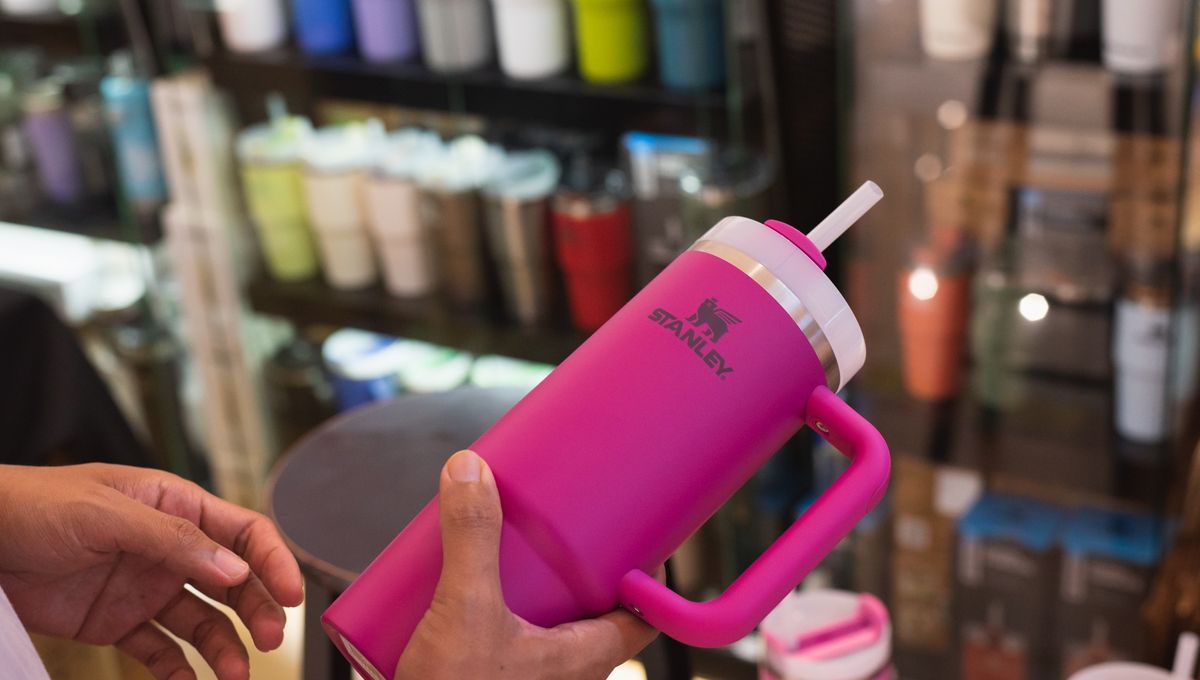
It’s safe to say that the Stanley Quencher Cup reached an astronomical level of popularity last year – to the point where people went full “fisticuffs at dawn” just to get a particular color. But then, earlier this year, a series of videos on social media started claiming that the cups contained lead – which, to be fair, they do. So where in the cup is it, and does it present any danger to sippers?
Tech company Lumafield set to finding out, using an industrial X-ray CT scanner to take a closer look inside a cup. The scans revealed a dense material at the bottom of the cup, colored in red – a pellet of solder containing lead.
That pellet has a purpose when it comes to keeping your iced latte at a nice cold temperature. As Stanley explains in a statement addressing people’s concerns, the pellet is used to “seal the vacuum insulation at the base of our products”.
Though some companies are moving away from using lead solder in vacuum technology, there are plenty that still use it, as it’s somewhat of an industry standard. Its use is controversial, however, with people worried about potentially being exposed to lead. There is also the risk of workers being exposed during the manufacturing process.
Lead exposure has a number of adverse effects, many of which particularly impact children, who are also keen users of Stanley cups. According to the Centers for Disease Control and Prevention (CDC), some of these effects include damage to the brain and nervous system and slow growth and development, which can cause all sorts of further problems down the road.
However, unless something happens to cause some serious damage to the base of a Stanley Quencher Cup, lead exposure shouldn’t be a problem. As Stanley stated: “Once sealed, [the area with the lead solder] is covered with a durable stainless steel layer, making it inaccessible to consumers.”
This is also evidenced by the CT scans, as Jon Bruner, product lead at Lumafield, explained in a post to social media platform X.
“In any case, our CT cross section shows that the lead is entirely shielded, and its user won’t be exposed to lead at all,” Bruner wrote. “If the medallion covering the lead solder is pried off, it might become accessible—but in that case, a replacement cup is covered by Stanley’s warranty.”
In other words, unless someone is attempting to make one of those (very addictive) hydraulic press videos using a Stanley cup and breaking the base in the process, it’s probably fine to carry on sipping.
Source Link: Where’s The Lead In A Stanley Cup? This CT Scan Reveals All